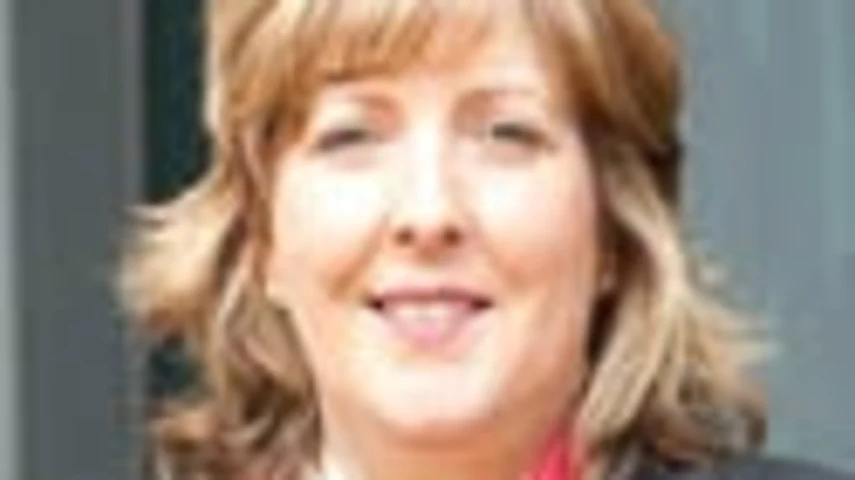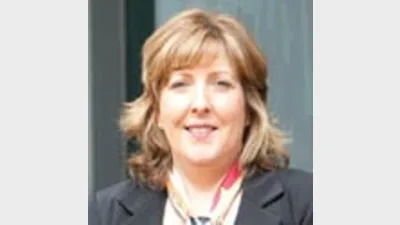APRA research hammers retail costs



|
|
New Australian Prudential Regulation Authority (APRA) research has identified a wide disparity between the fees paid by retail superannuation funds and those paid by not-for-profit funds, suggesting that the retail fees reflect revenue generation rather than actual costs.
The research, undertaken by Kevin Liu and Bruce Arnold, was made public by APRA this week. It found that while using related parties to provide particular services is not, of itself, detrimental to fund members, “the trustees of retail funds pay significantly higher fees to related service providers”.
It said that, in contrast, the fees paid by trustees of not-for-profit funds to related parties were not significantly higher than those to independent service providers.
The Liu and Arnold research then went further, and said that the largest difference between not-for-profits and retail funds occurred with respect to administrative services where they had found “strikingly different fee models used in different contexts”. The research said that for independent administrators and not-for-profit related-party administrators the fees were predominantly related to the number of members in a fund whereas, by contrast, retail fund related-party administrators paid a large fixed fee plus a variable component based on assets under management.
“These different approaches result in the median fund paying $12.2 million in fees under the retail-related administrator, versus only $2.3 million to a service provider who was independent or not-for-profit-related,” it said.
The researchers suggested that the approach adopted by not-for-profit funds was designed to minimise the cost of delivering superannuation to the fund’s members, while the outsourcing by retail funds “does not appear to be intended to reduce members’ costs, but instead may constitute part of the revenue model for the retail superannuation product”.
Commenting on the research, Australian Institute of Superannuation Trustees chief executive Fiona Reynolds said it suggested some retail funds had conflicted outsourcing arrangements.
Recommended for you
Financial advice practice Eureka Whittaker Macnaught is in the process of acquiring three firms to boost its annual revenue to $25 million.
The Financial Advice Association Australia has appealed to licensees to urgently update their FAR records as hundreds of advisers are set to depart by the end of the year.
Demand for robo-advice tools is rising, a report has shown, but this is occurring simultaneously with rising demand for professional face-to-face advice.
ASIC has released the results of the latest financial adviser exam, held in November 2025.











